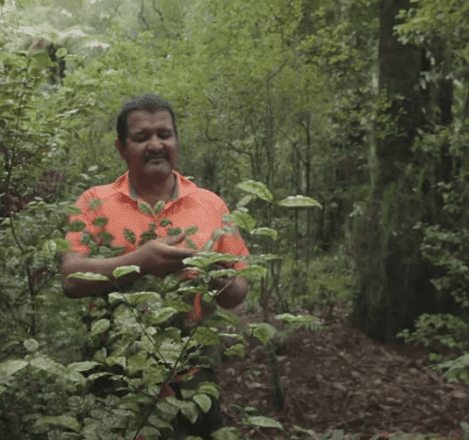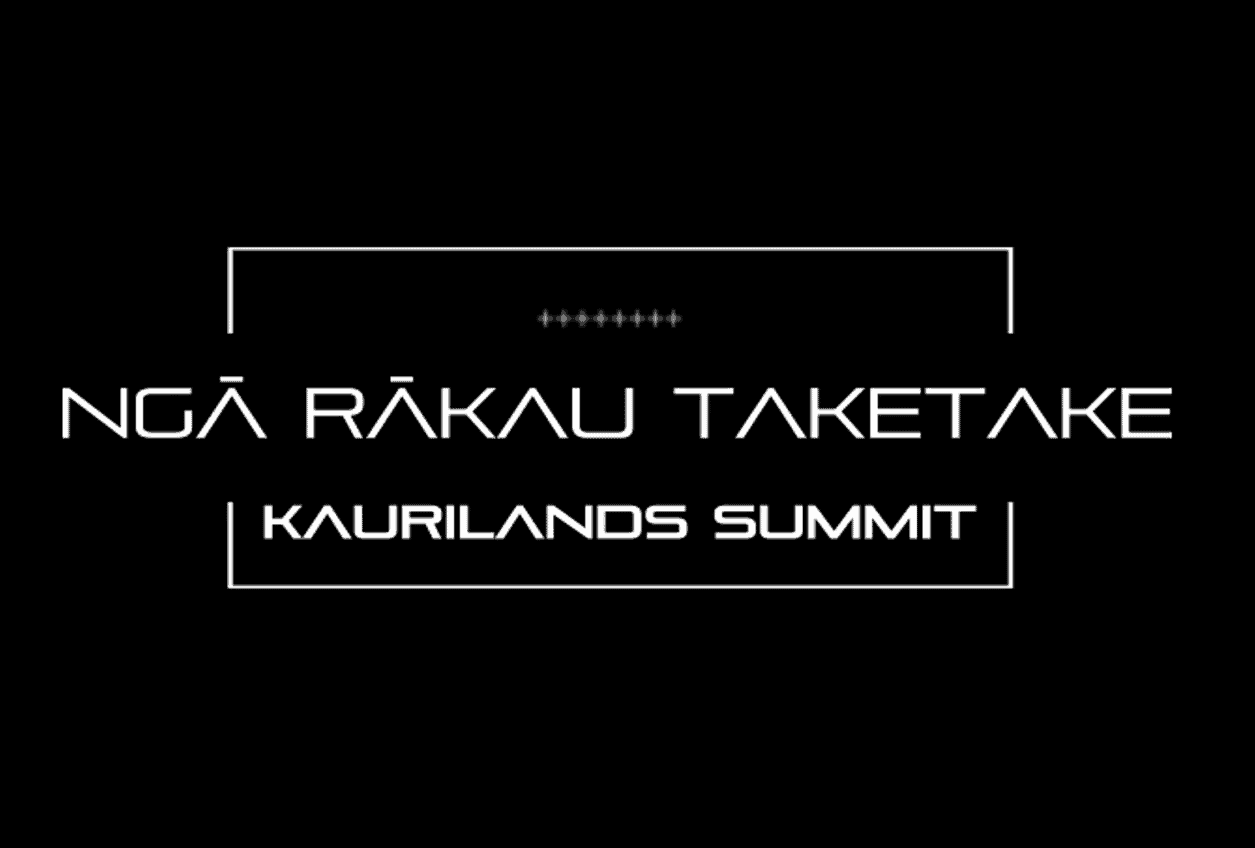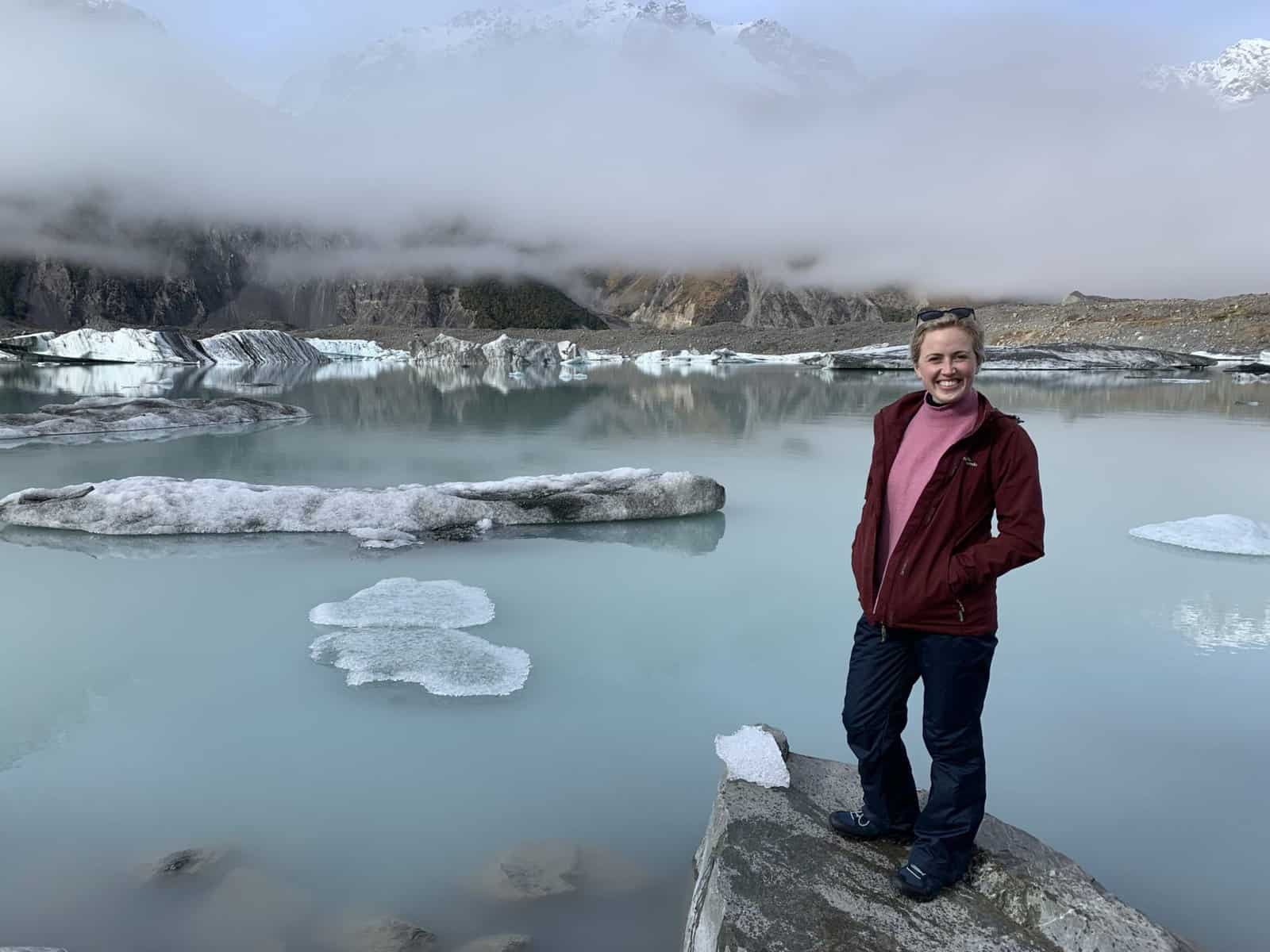A Manaaki Whenua – Landcare Research study has found that native invertebrate communities can survive in fragmented mānuka (Leptospermum scoparium) plantations, persevering alongside, and eventually superseding their introduced counterparts as the planted mānuka ages and is restored.
The ripple effect of great research
The BioHeritage Challenge aims to not just create impact while the projects are running, but to catalyse new collaborations far beyond the lifetime of the original programmes.
Mate Tipu, Mate Rākau
A new documentary, titled “Mate Tipu, Mate Rākau”, has been released by Toi Taiao Whakatairanga.
Ngarara in the Ngahere – a Toi Taiao Whakatairanga project
On 21 June 2021, about 25 adults and children assembled in the Auckland Art Gallery | Toi o Tāmaki’s Todd Foundation Creative Learning Centre to participate in an immersive art and science workshop.
Protecting our bioheritage together: How to talk about co-governance
‘How to talk about co-governance of our bioheritage’ is a short guide for communicators and advocates of environmental management and policy.
Are our indigenous myrtles susceptible to other myrtle rust strains?
To understand how susceptible our myrtle species are to other strains of myrtle rust, researchers investigated the susceptibility of four indigenous myrtle species to the South African strain of myrtle rust.
Myrtle Rust Risk Prediction – a new data platform
The Myrtle Rust Risk Prediction platform is here! A massive inter-agency effort has resulted in the first digital tool that allows for the prediction of myrtle rust risk on a site-by-site basis.
Communicating our research through video
We are excited to announce that each of the seven Ngā Rākau Taketake research themes now has a video that highlights and showcases our important work.
Bringing impact to the fore at Eco-index
Penny Payne has joined the BioHeritage whānau as co-lead of the Eco-index programme. Find out more about her and what she brings to the team.
What’s in a name? Demystifying lilly pilly hedges
Every winter, Beyond Myrtle Rust asks gardeners to prune their lilly pilly hedges to help prevent the spread of myrtle rust, a deadly plant disease caused by the fungus Austropuccinia psidii. New growth encouraged by pruning is less likely to be infected by A. psidii in winter.
Relational values provide common ground and expose multi-level constraints to cross-cultural wetland management
The Challenge is pleased to be able to support Corinne Bataille in her ongoing commitment to working with tangata tiaki and growing valuable social-ecological research capacity in Aotearoa New Zealand.
Get to know Kaihautū Ngātahi Professor Shaun Ogilvie
The Challenge’s new Co-Director was drawn to the role by a desire to play a part in research that is guided by Te Tiriti o Waitangi.
New co-lead for Host, Pathogen & Environment
The Challenge is pleased to share that Dr Nari Williams is confirmed as the new co-lead for Theme 6: Host, Pathogen & Environment.
Kaurilands Summit 2021
Over 120 attendees representing community groups, iwi, research organisations, councils and government agencies came together online for the inaugural Kauriland Summit in June 2021. The Summit was split into three distinctive sections to reflect the BioHeritage’s priority areas: Whakamana, Tiaki and Whakahou (Empower, Protect and Restore). Each of the seven Ngā Rākau Taketake research themes were […]
Myrtle rust found on Aotea
The myrtle rust pathogen has been discovered on a pōhutukawa seedling on Aotea Great Barrier Island.
Better Border Biosecurity (B3) funds new projects to protect Aotearoa’s plants
Better Border Biosecurity (B3) has announced $1.6 million in funding for new research projects.















